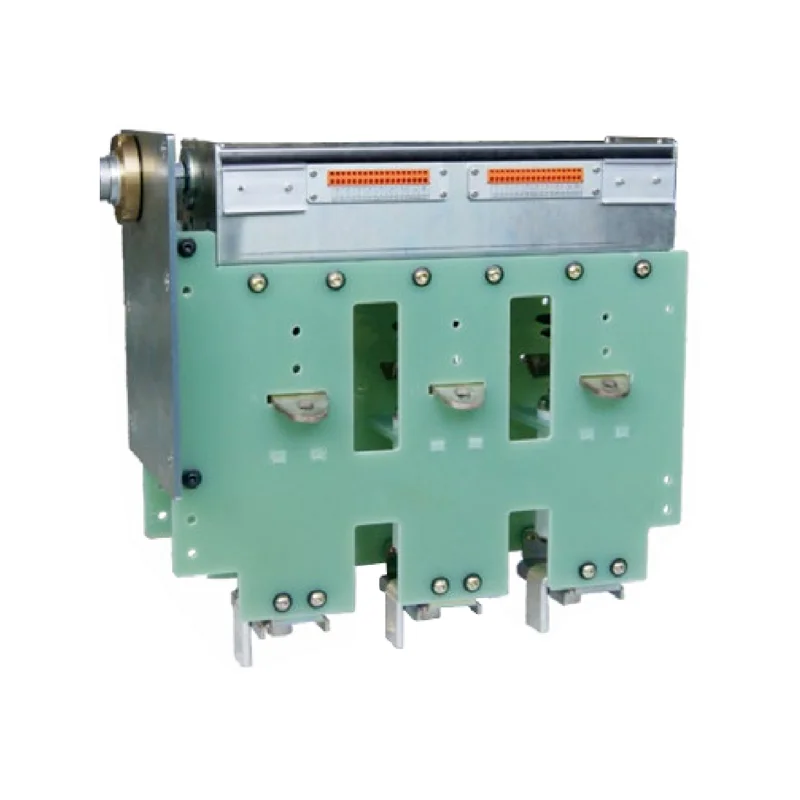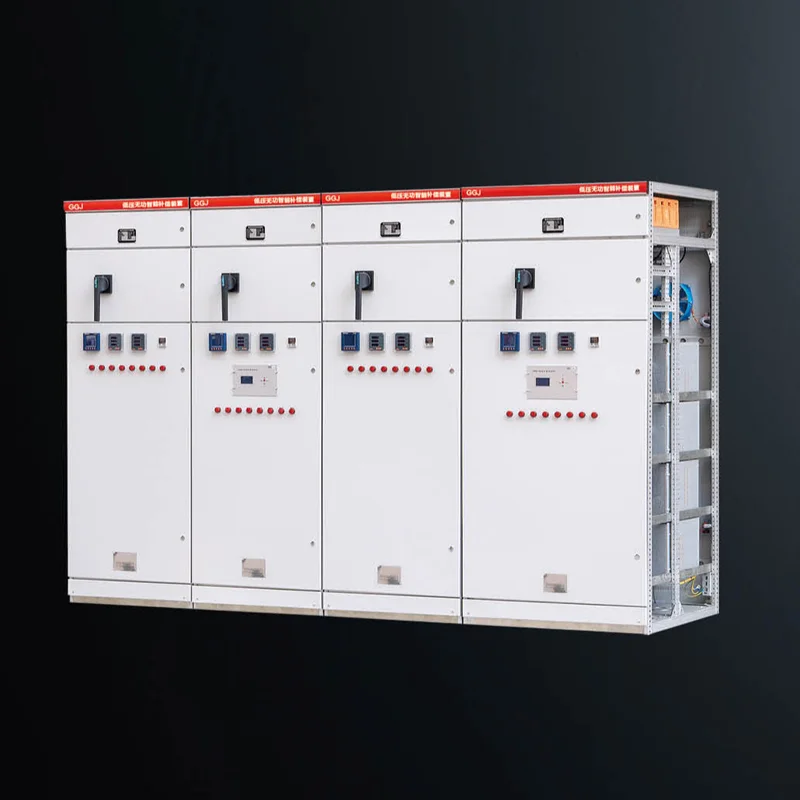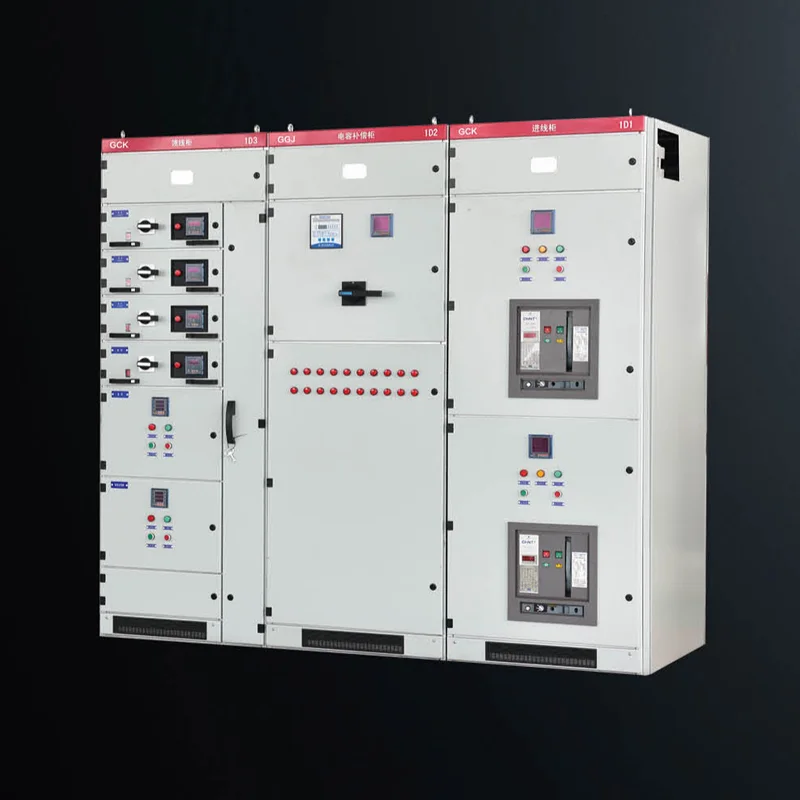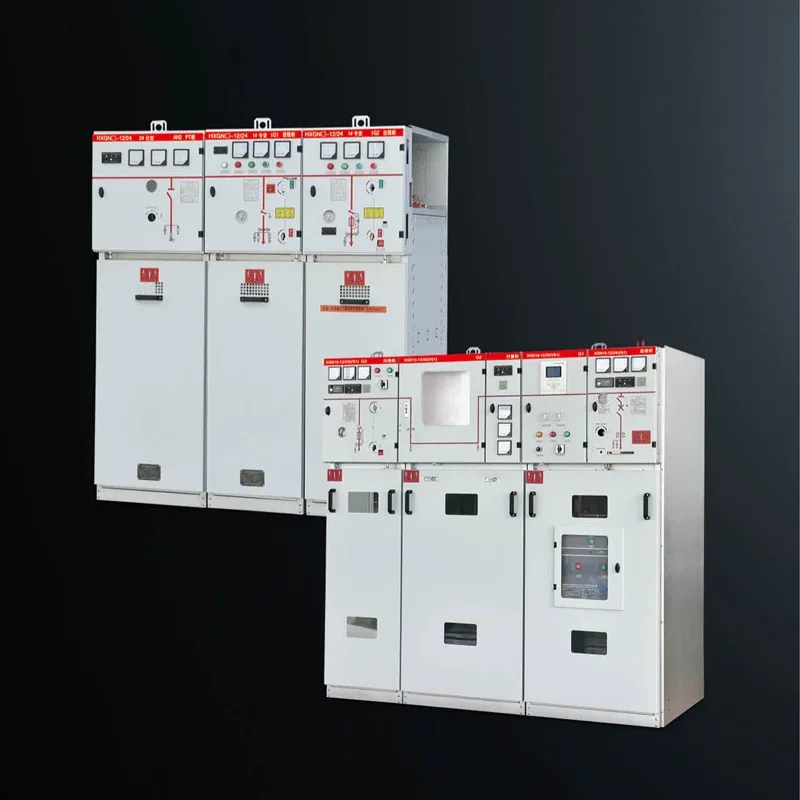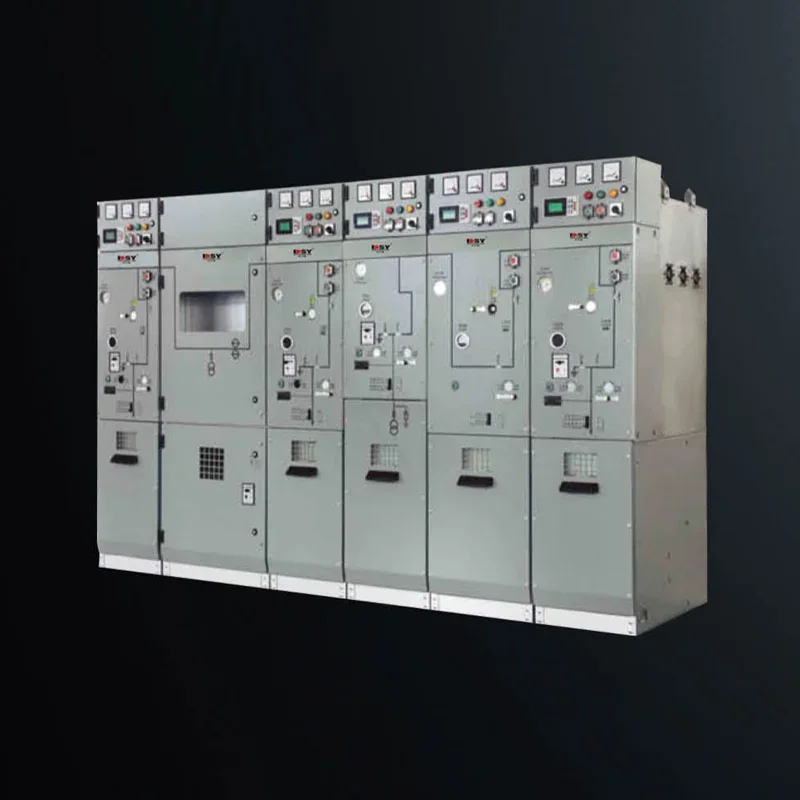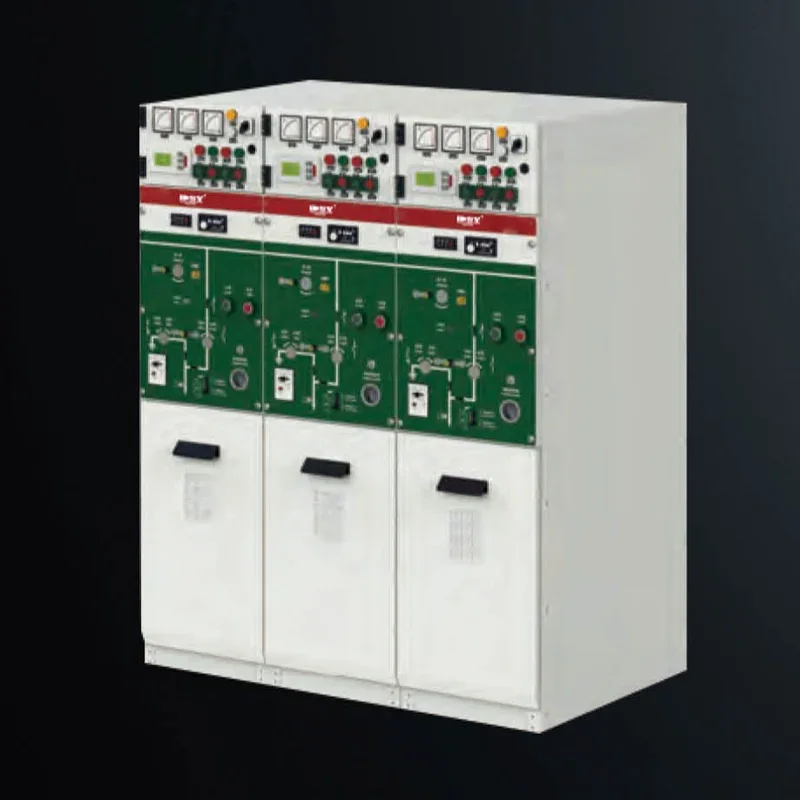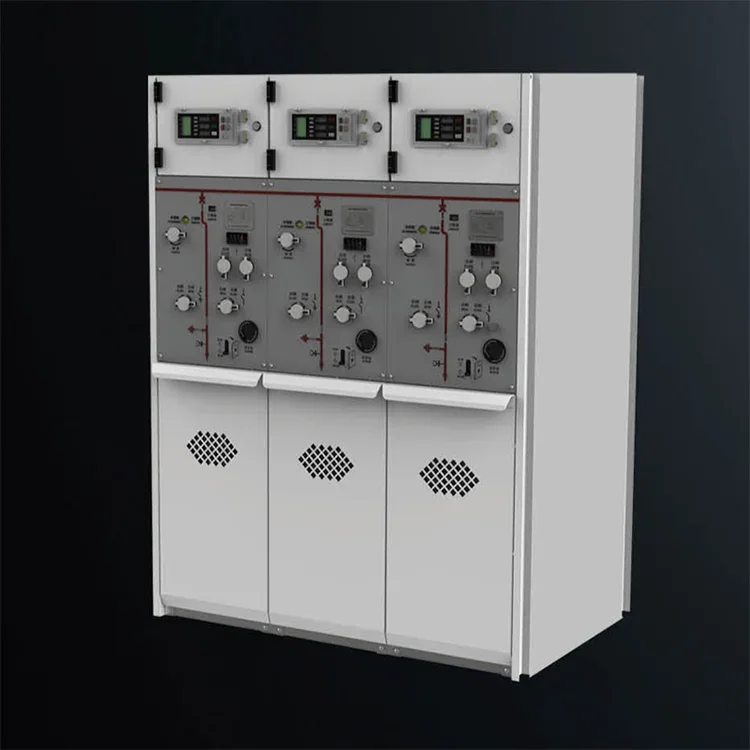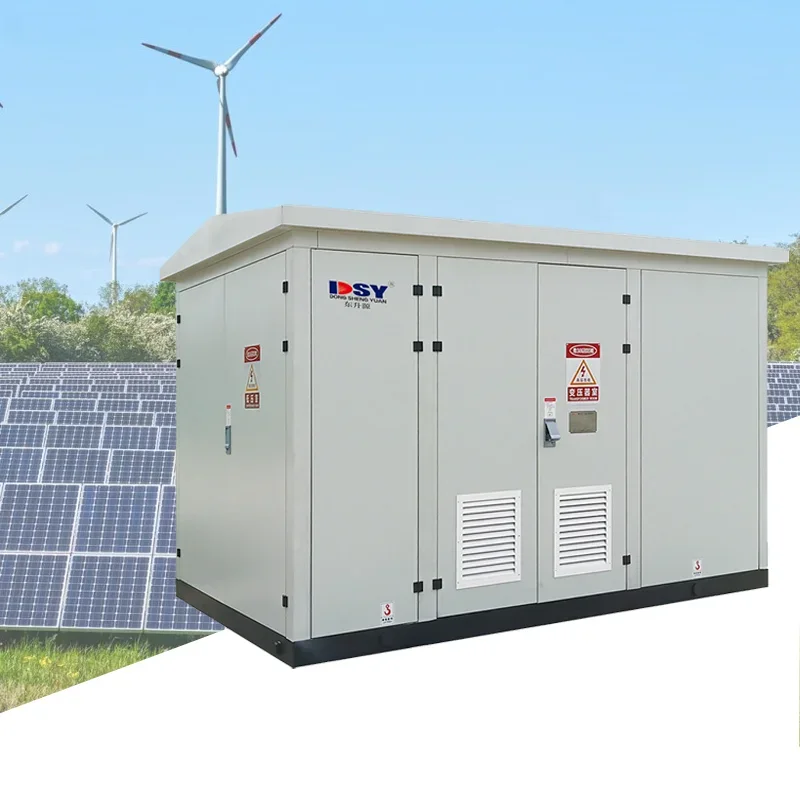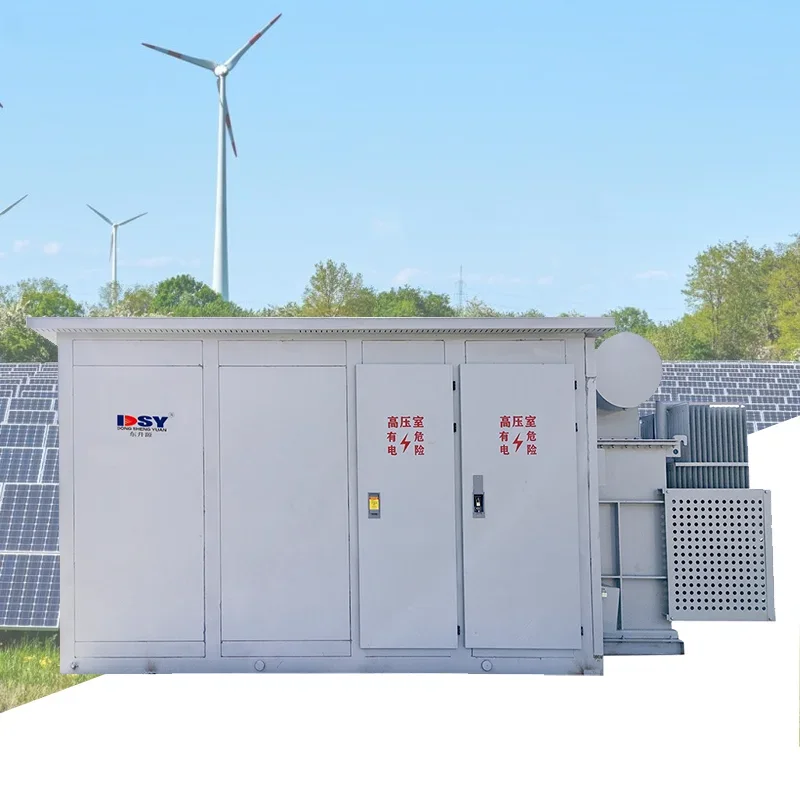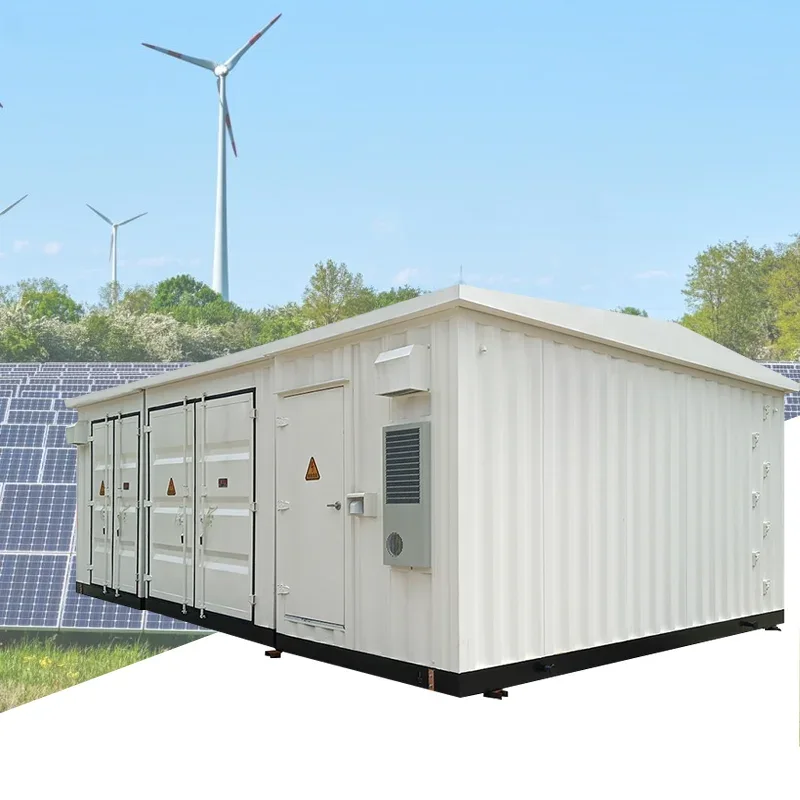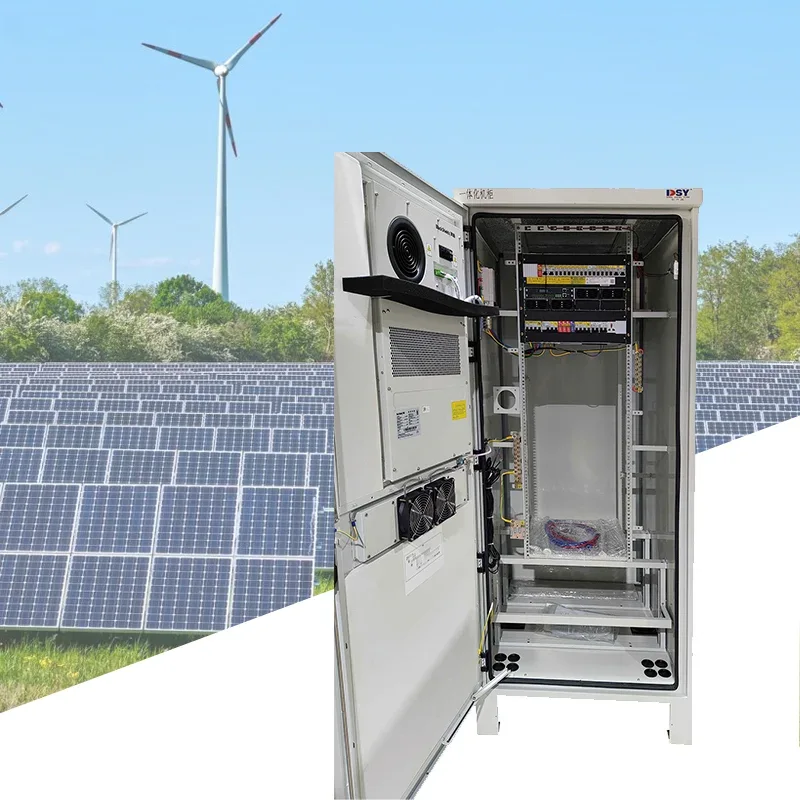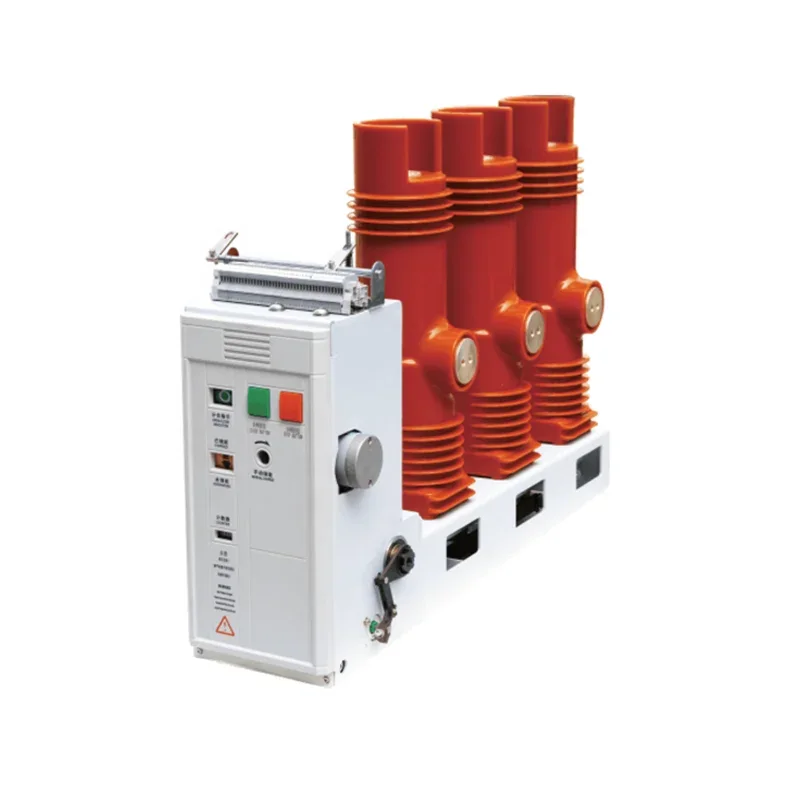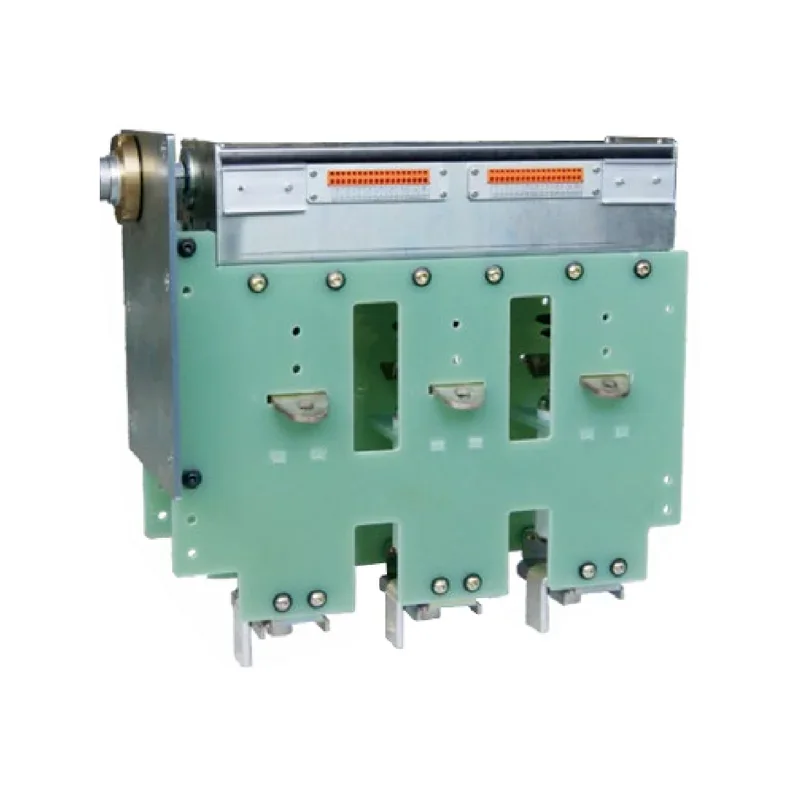Understanding Switching Equipment: The Backbone of Electrical Systems
Switching equipment is a critical component in electrical systems, particularly in the construction and decorative materials sector. It encompasses devices designed to control the flow of electricity, ensuring safe and reliable operation in residential and commercial buildings. Among the various types of switching equipment, load switches stand out due to their versatility and effectiveness in man
May 29,2025
Load switches serve as an interface between the electrical supply and the devices that consume electricity. They are instrumental in protecting electrical circuits from overloads and short circuits. By interrupting the flow of electricity when necessary, load switches help prevent potential damage to both the electrical system and connected appliances. This feature is particularly valuable in environments where electrical safety is paramount.
In the context of construction projects, the integration of switching equipment is vital for ensuring compliance with safety regulations and standards. Builders and contractors must prioritize the selection of appropriate load switches based on the specific requirements of the project. This includes considering factors such as voltage ratings, current capacity, and the environmental conditions in which the equipment will operate.
Moreover, switching equipment plays a significant role in energy efficiency. By utilizing advanced load switches, construction professionals can help reduce energy waste, leading to lower operational costs and a smaller carbon footprint. Modern switching technologies often incorporate features such as remote control and monitoring, enabling users to manage their electrical systems more effectively and make informed decisions regarding energy consumption.
When selecting switching equipment for a project, it is essential to consider not only functionality but also compatibility with other electrical components. A well-designed electrical system integrates load switches seamlessly with circuit breakers, fuses, and other protective devices. This holistic approach enhances the overall reliability and safety of the electrical infrastructure.
Maintenance is another critical aspect of managing switching equipment. Regular inspections and servicing can help identify potential issues before they escalate, ensuring that load switches continue to function correctly throughout their lifespan. It is advisable to follow manufacturer guidelines for maintenance and to keep abreast of technological advancements that may improve the performance of switching equipment.
In conclusion, switching equipment, particularly load switches, is indispensable in the construction and decorative materials industry. By understanding their functionality, benefits, and maintenance requirements, professionals can make informed choices that enhance electrical safety, efficiency, and compliance in their projects. Incorporating high-quality switching equipment ultimately leads to a safer, more reliable, and energy-efficient electrical system.
Related News
The difference between circuit breakers and vacuum circuit breakers
Circuit breaker is an abbreviation for pole type circuit breaker. Circuit breakers are also vacuum circuit breakers
Voltage regulators are required for various places that require voltage control, such as controlling lighting

